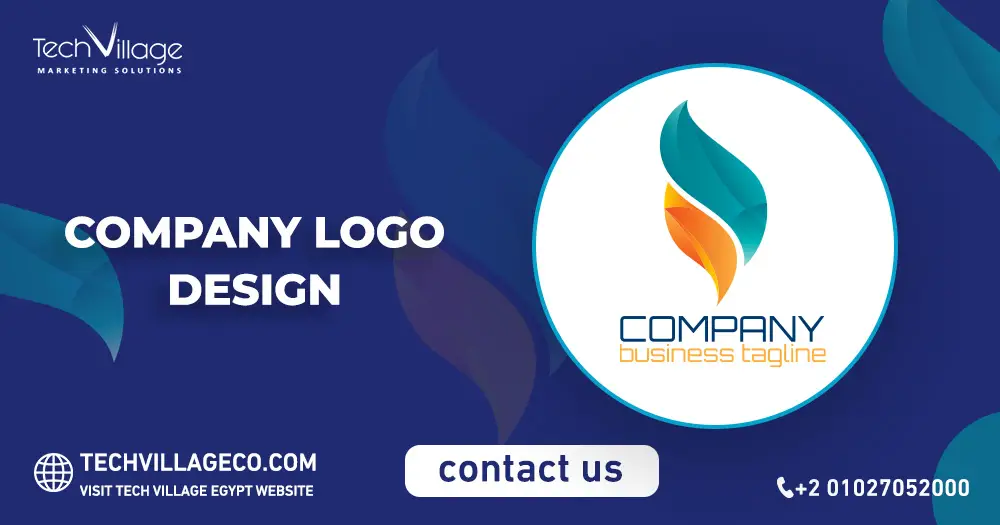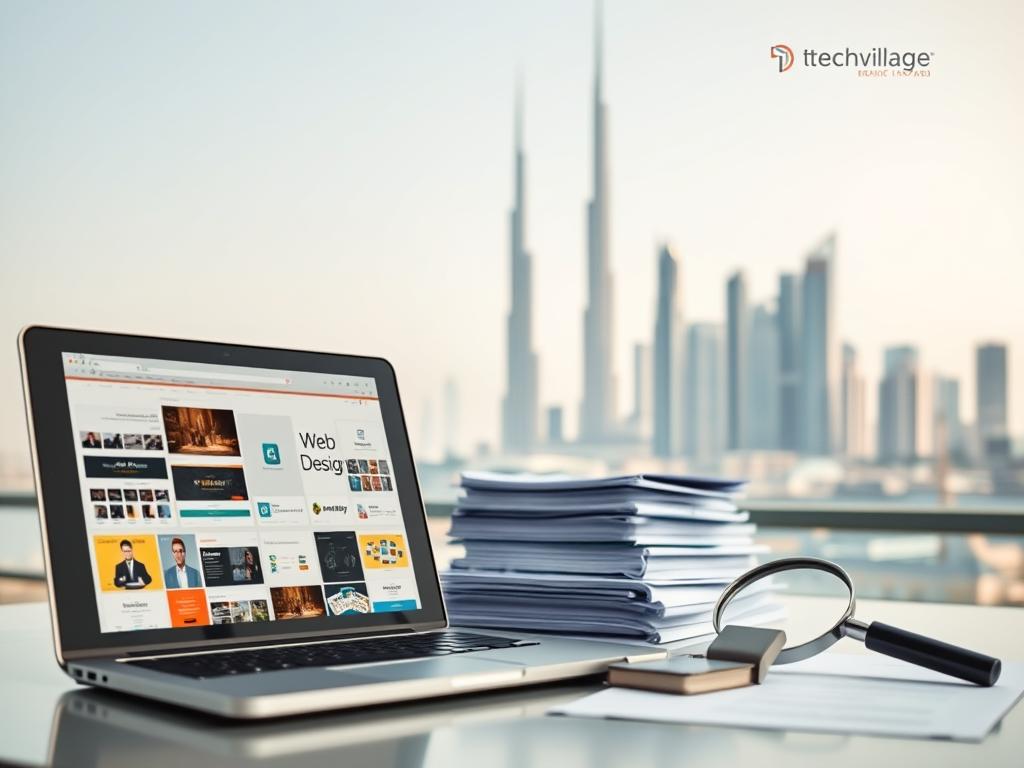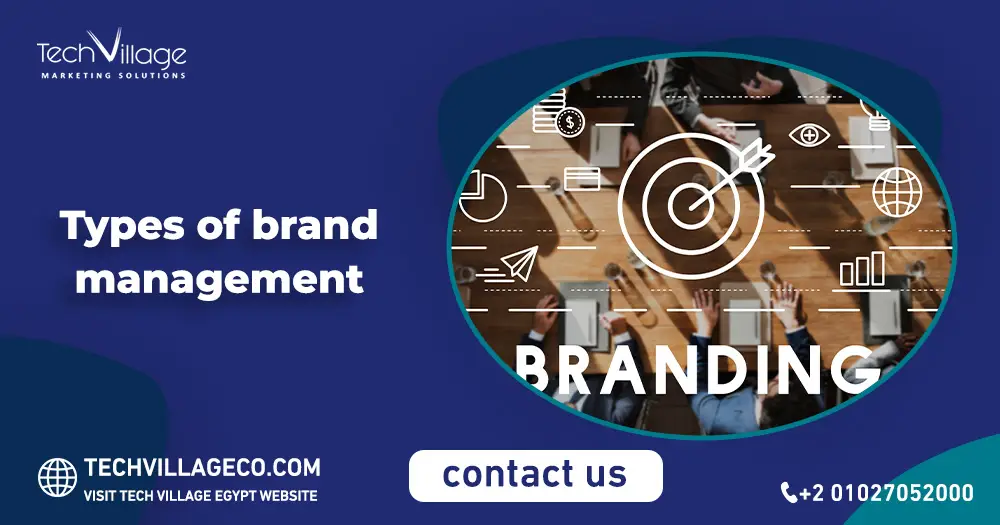Company logo design is not just a visual element added to a brand, but rather the first imprint that leaves a lasting impression in the minds of customers. The Company logo design is the visual identity that expresses the company’s vision and values, and acts as a bridge between the brand and its audience. Whether you are starting a new project or seeking to update your current image, designing a professional and elegant logo is an essential step to achieving success and excellence in a competitive market.
Table of Contents
ToggleWhat Is The Meaning Of Logo Design?
Company logo design refers to the process of creating a visual symbol that represents a company, brand, or product. It serves as the first point of contact between the business and its audience, conveying key aspects of its identity, values, and purpose.
A well-designed company logo design is not just an aesthetic element; it is a strategic tool that communicates the essence of a brand in a simple yet memorable way. By incorporating colors, shapes, and typography, a logo can evoke emotions, build trust, and make a lasting impression, playing a crucial role in the success of a business.
What Are Five Rules For Creating A Good Logo Design?
Here are five essential rules for creating a good Company logo design:
- Simplicity: A good logo should be simple and easily recognizable. Avoid adding extraneous features that can clutter the design. The simpler the logo, the easier it is for people to remember.
- Scalability: The logo should look great at any size, whether on a business card or a billboard.
- Relevance: The design should align with the company’s values, industry, and target audience. It should communicate the right message and evoke the intended feelings.
- Uniqueness: A company logo design should stand out and be distinguishable from competitors. Avoid copying other logos and aim for originality to make your brand instantly identifiable.
- Timelessness: A great company logo design must endure over time. Focus on creating a design that remains relevant and effective even as trends change, ensuring long-term brand consistency.
What Are The Five Keys to a Successful Logo?
Here are the 5 keys to a successful company logo design:
- Clarity: A successful logo communicates the brand’s message clearly. It should be easy to understand, without any confusion or ambiguity.
- Memorability: The logo should be distinctive and easy to recall. A memorable logo helps build brand recognition and creates a lasting impression with customers.
- Versatility: A successful company logo design works across various media and applications. It should be adaptable for different formats, whether on digital platforms, print materials, or merchandise.
- Relevance: The design must be appropriate for the brand’s industry, audience, and values. It should reflect the business’s personality and resonate with the target market.
- Simplicity: A great logo is often simple and clean. Avoid excessive complexity, as a simpler design is easier to recognize, reproduce, and scale across various mediums.
Company Logo Design
Tech Village company is one of the best companies in the field of company logo design, as it provides innovative and distinctive logo design services that reflect the brand identity in a professional manner. The company is distinguished by a team of experienced designers who understand the needs of customers and work to create designs that express values and vision in an artistic and effective way. By focusing on simplicity and distinction, Tech Village ensures that the logo is memorable and suitable for all uses, enhancing the brand’s presence in the market.
What Is The Ideal Logo Format?
The ideal logo format should meet several key criteria to ensure flexibility, quality, and consistency across different platforms and mediums. Here are the essential characteristics of an ideal company logo design format:
1. Vector Format (e.g., AI, EPS, SVG):
Vector files are scalable without losing quality. This is crucial as your logo may need to be resized for various applications, from business cards to billboards, and it should maintain clarity at any size.
2. High-Resolution:
The company logo design should be available in high resolution to maintain sharpness and detail when printed or displayed on digital screens.
3. Multiple File Types:
It’s ideal to have your logo in several formats:
- PNG: Ideal for digital use as it supports transparency and retains high quality.
- JPEG: Good for web use but does not support transparency.
- PDF: Suitable for printing and maintaining high-quality vector properties.
4. Color Variations:
The company logo design should be available in different color formats, such as full color, black and white, and a version with transparent backgrounds for versatility.
5. Responsive Versions:
It’s important to have variations of your logo that work in different contexts, such as a simplified version for small applications or a horizontal/vertical version depending on space constraints.
What Is Logo Size?
Logo size refers to the dimensions of a logo when displayed or printed. It is crucial for ensuring that the logo looks clear, legible, and professional at various scales across different platforms. The appropriate size of a company logo design depends on the context in which it is used, such as on websites, social media, business cards, or billboards. Here are some key points about company logo design size:
1. Proportionality:
The size should maintain the correct proportions of the logo. Resizing a logo should not distort or stretch its elements, as this can negatively impact its appearance and legibility.
2. Use Case:
Different applications require different sizes:
- Websites: Logos typically appear in the header or navigation bar. A size of around 250×100 pixels is common for website logos.
- Social Media: For platforms like Instagram, Facebook, or Twitter, logos should be optimized for small dimensions, usually around 500×500 pixels or even smaller, while maintaining clarity.
- Print Materials: Logos used on business cards, brochures, or posters may need to be in higher resolution, typically larger, like 3000×3000 pixels or higher, to ensure sharp print quality.
3. Resizing For Various Uses:
Logos should be adaptable to different sizes without losing detail. This often involves creating a vector version of the logo, which can be resized without pixelation or loss of quality.
4. Clear Space:
Along with the size, it’s important to maintain sufficient padding or clear space around the logo. This ensures it remains legible and does not appear crowded or diminished in impact.
What Is The Best Font For Logos?
The best font for a company logo design depends on several factors, including the brand’s identity, target audience, and industry. However, here are some general guidelines to help choose the right font:
1. Simplicity:
A great logo font is simple and legible. Avoid overly decorative fonts that can be hard to read at different sizes. Clean, straightforward fonts tend to have a timeless quality.
2. Suitability To Brand Identity:
The font should capture the essence of the brand. For example:
- Serif Fonts (e.g., Times New Roman, Garamond) convey tradition, reliability, and professionalism, making them ideal for law firms, finance companies, or luxury brands.
- Sans-serif Fonts (e.g., Helvetica, Arial, Futura) are modern, clean, and minimal, suitable for tech companies, startups, or health-related brands.
- Script Fonts (e.g., Brush Script, Pacifico) can evoke elegance, creativity, or a personal touch, making them suitable for lifestyle brands, beauty products, or creative industries.
3. Custom Typography:
Custom fonts or hand-drawn typography can make a logo unique and tailored to the brand’s personality. This approach helps a brand stand out and can reflect its distinctiveness.
4. Scalability:
The font should remain clear and legible at various sizes. It’s essential to test the font in both small and large sizes to ensure that it doesn’t lose clarity or become illegible.
5. Versatility:
The chosen font should work well in various applications, from digital to print. It should be adaptable to different mediums, whether displayed on a website, business card, or billboard.
Conclusion
In the business world, a company logo design remains the distinguishing mark that distinguishes your company from others and expresses its personality and values. Investing in a professional logo design does not only mean creating a visual symbol, but it is building a strong brand identity that establishes your position in the market and enhances your relationship with your audience. Make your logo a reflection of your ambition and distinction, and start leaving an unforgettable mark in the minds of your customers today.
FAQ
What Are The Essential Elements Of A Good Logo?
A good logo includes simplicity, clarity, distinction, flexibility in size, and the ability to adapt to different uses.
Does A Logo Have To Be Complex?
No, a successful logo is often simple and easy to remember. A complex logo may be difficult to remember and reduce its effectiveness.

 AR
AR




